What is topping cannabis?
Topping is the process of removing (pruning) the growing tip from the main stem on your cannabis plant. It’s referred to as a High Stress Training technique (‘HST’) and is one of the more common growth techniques used by both indoor and outdoor cannabis growers. The dominant central bloom is replaced by a somewhat flatter canopy and bushier structure. Many growers feel this improves light levels across more bud sites and improves yield.
Without topping, cannabis often (but not always) exhibits apical dominance. This is where the growing tip (the ‘apex’) tends to be dominant and taller than the rest of the plant. If you have seen a conifer treeing growing naturally you will be familiar with the structure of apical dominance, a tall central branch is surrounded by slightly shorter branches in a Xmas tree style arrangement.
This is a great shape to ensure that all the branches get a roughly equal share of light from the sun as it moves conveniently from one side of the sky to the other. But indoor growers often have a single light source fixed in position in the grow room. This can mean that some branches are further from the indoor light source than other branches, reducing light intensity. It also results in some blooms being in the shade, reducing their growth potential.
The principle behind topping a cannabis plant is to change the growth shape/structure to boost final harvest quantities. Topping cannabis is a technique used by some professional growers and serious home growers. But topping cannabis isn’t suitable for all cannabis strains or all situations.

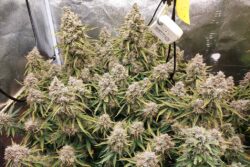








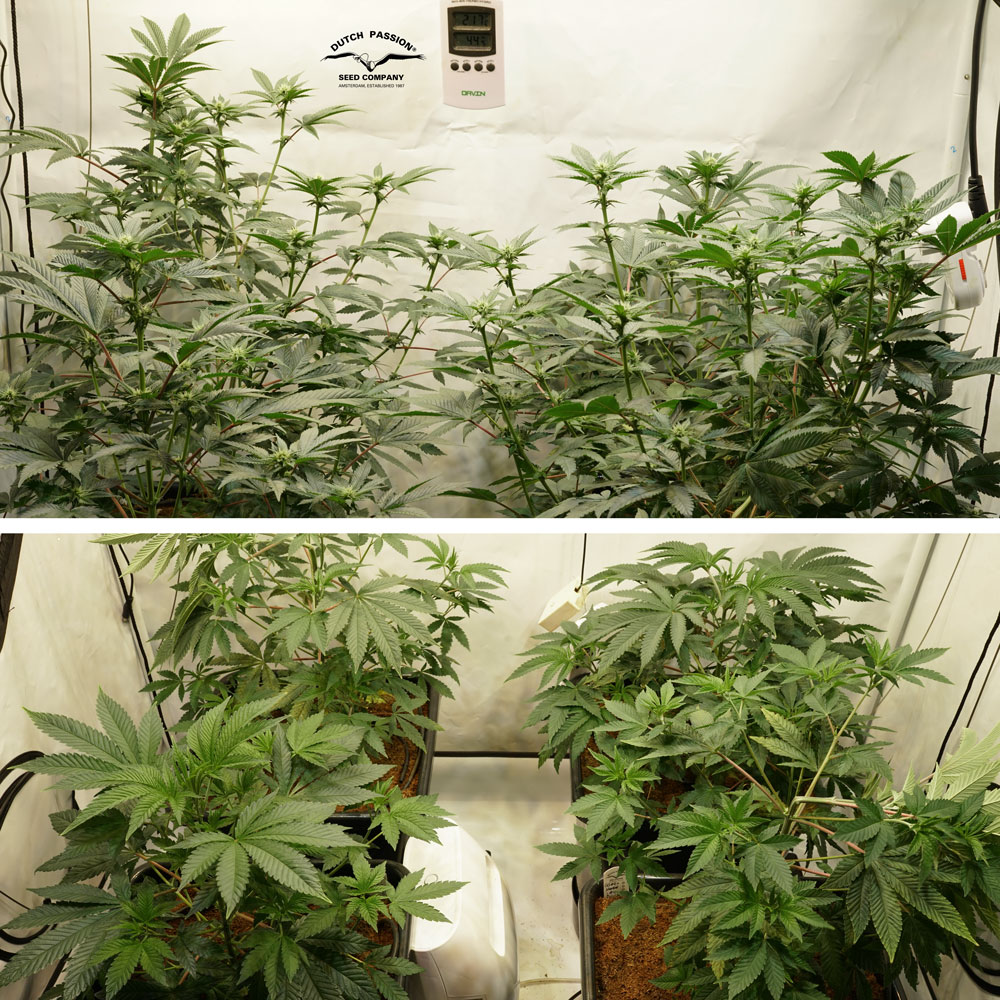
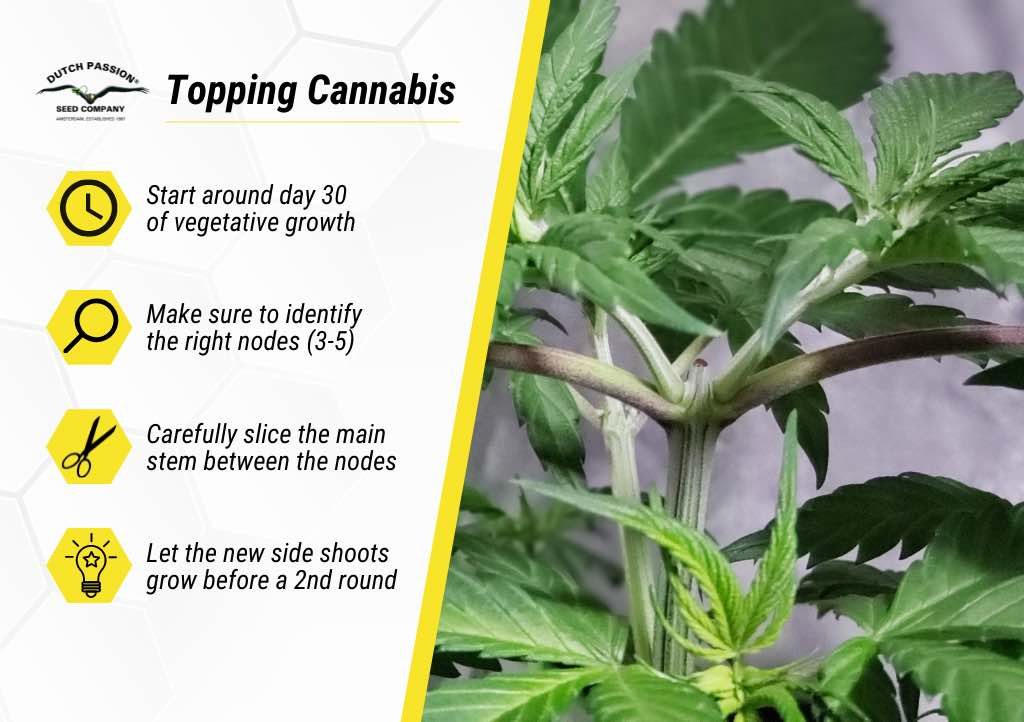

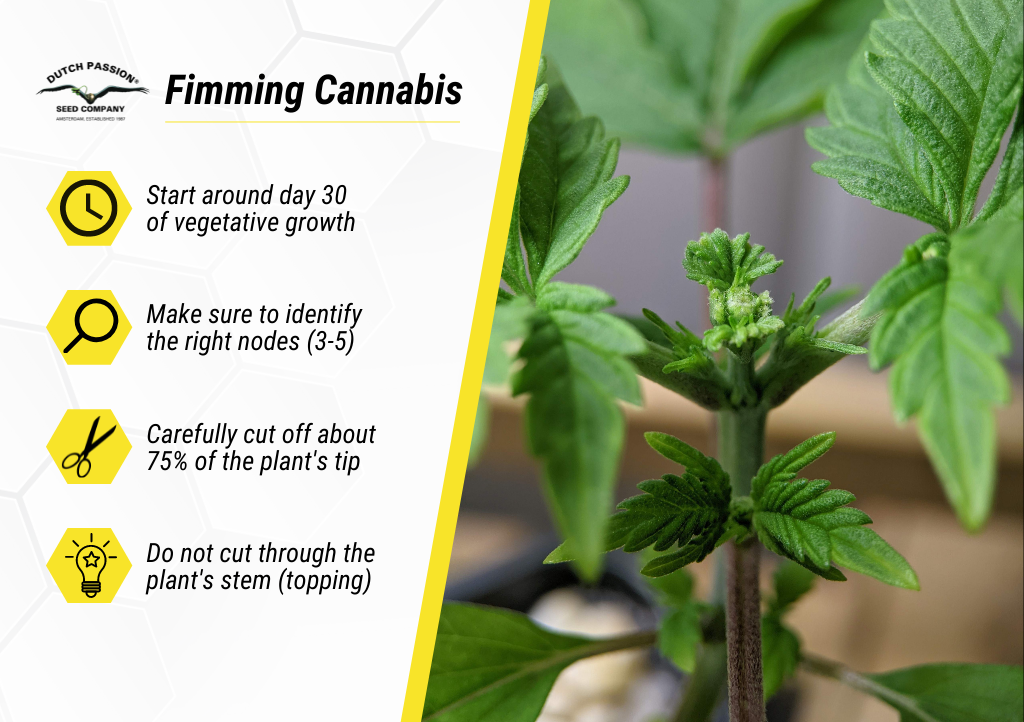
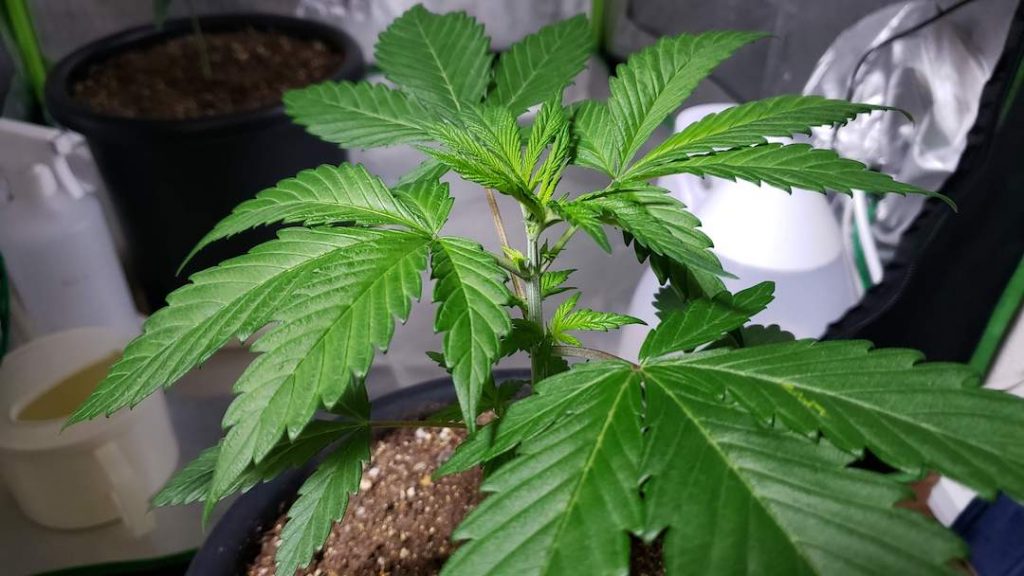











2 Comments. Leave new
Great information. And how long would you wait until the next topping after the 1st topping?
I had lollipoped my plant, removing the side growth sites, then accidentally topped my plant due to bending… it now has 2 leafs at the side and 2 leafs at the top… it doesn’t seem to want to grow more shoots….its just getting thicker. it’s been a couple of weeks now…. its clearly still alive and rooting, but is showing no signs of actual green growth. is it likely to recover eventually?